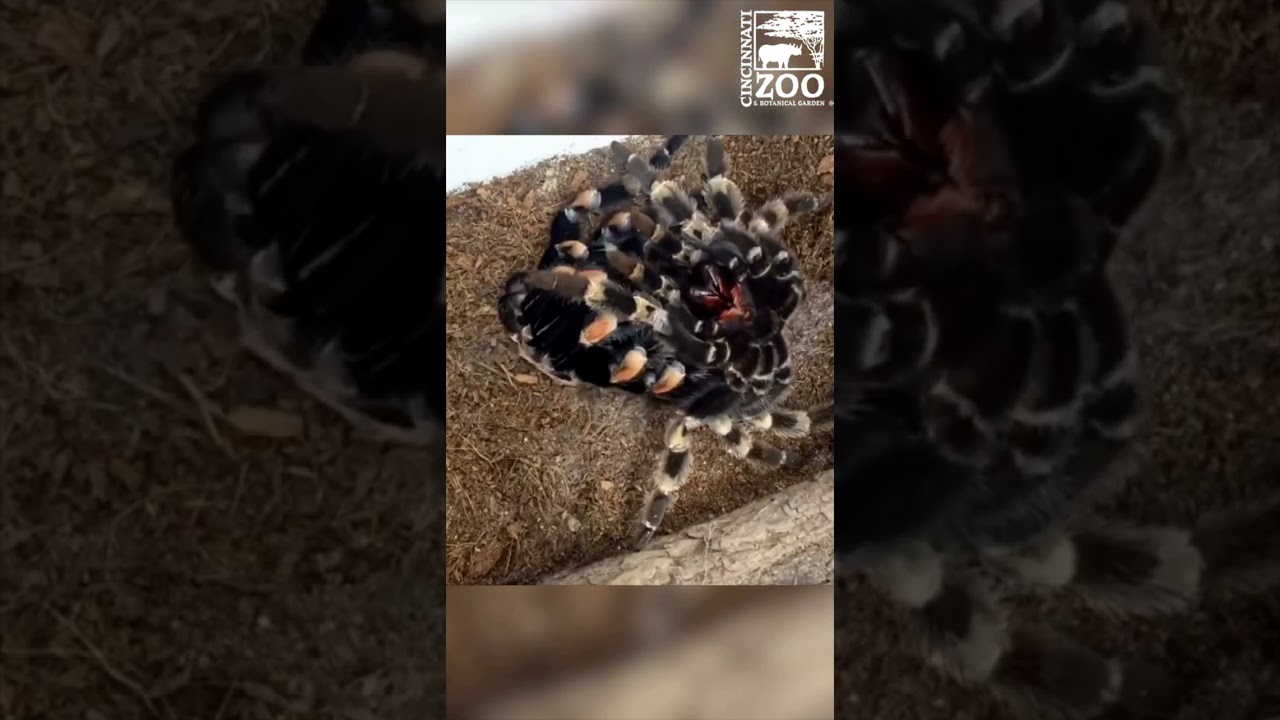Summary:
1. Introduction to Tarantulas
2. What is Molting?
3. The Molting Process in Tarantulas
4. Unique Adaptations during Molting
5. Fascinating Facts about Tarantula Molting
With their enigmatic and captivating presence, Tarantulas have long intrigued nature enthusiasts and arachnophobes alike. These eight-legged creatures, commonly associated with myths and phobias, possess a secret world of wonder. In this article, we delve into the unique and fascinating process of tarantula molting, which unlocks hidden marvels and unveils the exquisite beauty of these often misunderstood creatures.
What is Molting?
Molting, or ecdysis, is commonly observed in various arthropods, including tarantulas. It is a natural shedding of the outer exoskeleton, allowing growth and renewal. For tarantulas, molting is vital in their life cycle, enabling them to continue growing and reaching their full potential.
The Molting Process in Tarantulas:
When a tarantula prepares for molting, it undergoes remarkable physiological changes. It begins by seeking a secure and secluded spot within its enclosure, typically signaling its impending molt through behavioral cues. As the molt stage approaches, the tarantula’s activity decreases and becomes more sedentary.
During molting, the tarantula secretes a mixture of enzymes that soften the old exoskeleton. This softening allows for easier removal when the time comes for the tarantula to emerge from its old skin. Essential nutrients and proteins are redirected towards forming a new exoskeleton, which is considerably softer and pliable.
Unique Adaptations during Molting:
Tarantulas exhibit fascinating adaptations during molting, ensuring their safety and survival. One of the most awe-inspiring features is the creation of a molting mat composed of silk spun by the tarantula. This mat serves multiple purposes, providing stability, support, and a secure base for the tarantula to molt without the risk of falling.
Furthermore, tarantulas undergo a remarkable transformation during molting, shedding their old exoskeleton and their setae, the sensory hairs that cover their bodies. Re-growing these hairs is crucial as they play a vital role in navigation, detecting prey, and sensing the environment.
Fascinating Facts about Tarantula Molting:
1. Tarantulas can molt numerous times throughout their lives, with the frequency varying depending on their species and individual development. Some tarantulas molt annually, while others might molt less frequently.
2. The entire molting process can take several hours to weeks, depending on the tarantula’s size and the environmental conditions. Larger tarantulas generally require more time to complete the process.
3. Tarantulas are highly vulnerable during the molting period. Their new exoskeleton is still soft and delicate, making them susceptible to injury or even death if disturbed or mishandled. Keepers and enthusiasts must provide a stress-free environment during this critical phase.
4. Female tarantulas sometimes display cannibalistic behavior towards their old exoskeletons. Although the exact reason for this behavior is not fully understood, some theories suggest it serves as a source of nutrition for the re-growth process.
5. Molting is believed to play a significant role in the reproductive cycle of tarantulas. Female tarantulas often molt before mating, ensuring they are physically prepared to carry and protect their eggs.
As we peel back the layers of tarantula molting, we unveil a world filled with intricate adaptations, vulnerability, and the remarkable ability of these creatures to transform themselves. Through understanding their unique life cycle, we can develop a deeper appreciation for the beauty and resilience of tarantulas.
So, the next time you encounter a tarantula, remember the hidden wonders beneath its intimidating exterior and marvel at the extraordinary process of molting that allows these creatures to conquer the challenges of growth and survival.
Sources:
– Cincinnati Zoo Website: http://support.cincinnatizoo.org/donate
– Cincinnati Zoo YouTube Channel: https://www.youtube.com/user/CincinnatiZooTube/featured
– Cincinnati Zoo Social Media:
– Facebook: https://www.facebook.com/cincinnatizoo/
– Twitter: https://twitter.com/CincinnatiZoo
– Instagram: https://www.instagram.com/cincinnatizoo/
– Epidemic Sound: http://www.epidemicsound.com
– Cincinnati Zoo Website: http://www.cincinnatizoo.org
*****
Source Description
This great video is brought to you by Great American Insurance Group. #shorts
http://support.cincinnatizoo.org/donate
Subscribe: https://www.youtube.com/user/CincinnatiZooTube/featured
Facebook: https://www.facebook.com/cincinnatizoo/
Twitter: https://twitter.com/CincinnatiZoo
Instagram: https://www.instagram.com/cincinnatizoo/
Find out more at http://www.cincinnatizoo.org
Music by Epidemic Sound (http://www.epidemicsound.com)


